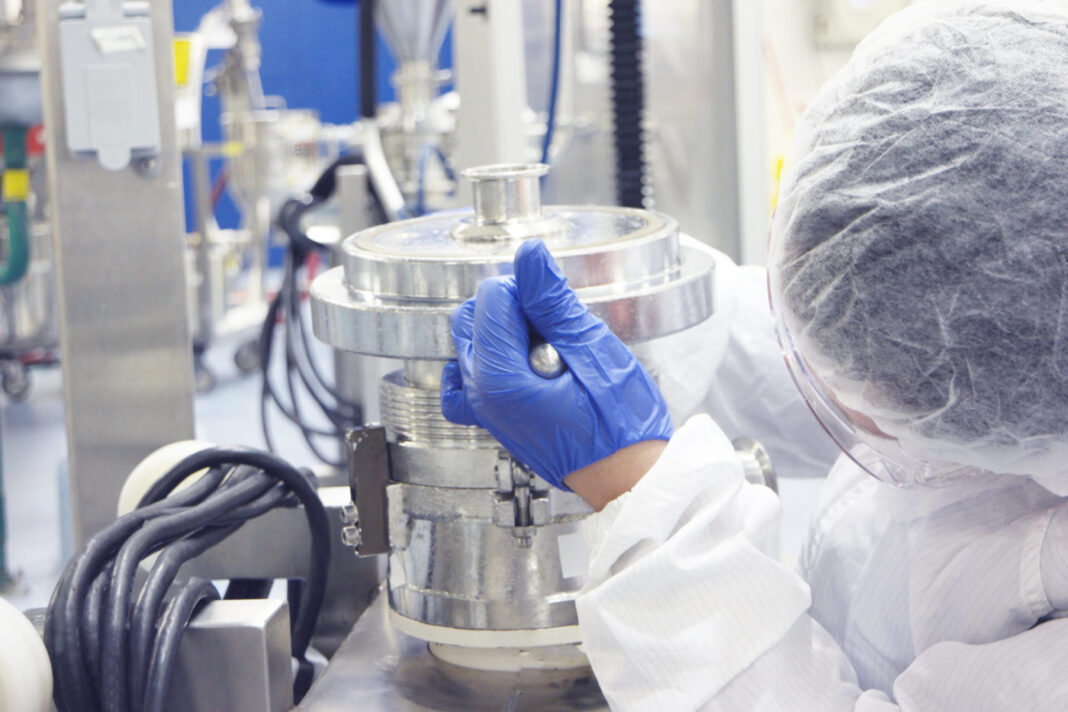In January 2021, a team of pharmaceutical experts published, “End-to-end collaboration to transform biopharmaceutical development and manufacturing.” According to lead author John Erickson, PhD, acting chief technology officer at the National Institute for Innovation in Manufacturing Biopharmaceuticals (NIIMBL), this program arose from “a couple things that came together at the right time.” That’s what it would take to revamp so much of the biopharmaceutical industry.
Created in 2016, NIIMBL “had gotten off to a good start by developing industry consensus on focus areas and establishing a grant process to fund technology projects that were proposed by our members,” Erickson says. By 2019, “there was interest in establishing a complementary program that was driven by major biopharmaceutical manufacturers,” he explains. With 30 years of experience in the biopharmaceutical manufacturing industry, Erickson “wanted to explore ways to have a broader impact on technology development and adoption,” and as a result he joined NIIMBL to launch this program.
In February 2020, NIIMBL ran a three-day workshop, which included participants from the FDA, the U.S. National Institute of Standards and Technology, plus what Erickson describes as “distinguished leaders in manufacturing and process development from 14 major manufacturers and suppliers.”
Thinking back on that workshop, Erickson says, “There was a lot of energy and enthusiasm in the room, which turned into a shared vision and high-level plan.” First, the industry participants from the meeting needed to get buy-in from their companies. “COVID-19 hit just after the workshop, so it took a bit longer than we thought, but by July 2020, we had teams of people meeting weekly to get the program started,” Erickson says.
The most important outcome of the program so far, Erickson believes, “is a shared vision and willingness to work together to build the next-generation technology platforms.” In some areas, companies will keep the intellectual property that they create, but Erickson points out that “we’ve identified some really important areas where we believe we’ll be more successful by collaborating than by competing.” He adds, “This really exemplifies NIIMBL’s mission to lead collaborative efforts to accelerate technology development and adoption.”
When asked what it would take to get this program in use, Erickson says, “We’ve considered technology adoption from the very beginning.” He also notes: “Our industry has many examples of interesting technologies that have never been used to make commercial products, so we plan to learn from those failures and understand the risks to technology adoption as well as the technical risks.”
The program must demonstrate the demand for technologies before the companies will invest in them. “We will also help to overcome real and perceived barriers to implementation by demonstrating technologies in a generic platform, monoclonal antibodies process in a test bed at NIIMBL’s headquarters at the University of Delaware,” Erickson says. “A focus on the relevant regulatory science at appropriate times and places should also help remove those barriers.”
Not surprisingly, making fundamental changes in biopharmaceutical development and manufacturing requires input and effort from experts across the industry.


